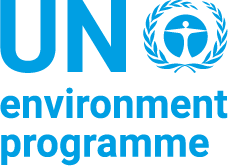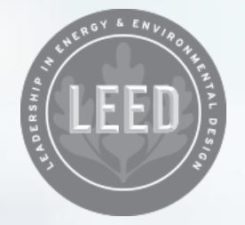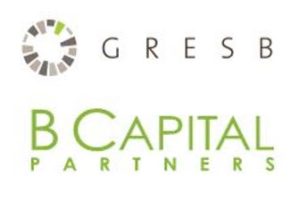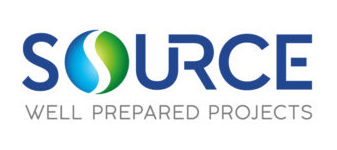
ThinkHazard! is a web-based tool to analyze the risks of natural hazards (floods, wildfires, earthquakes, landslides, volcanic eruptions, water scarcity, extreme heat, tsunamis and cyclones) at national, regional and local level for all countries around the world. The tool provides a simple overview of different hazard levels for any given area and delivers recommendations and guidance for adaptation and safety, including for project design and planning. ThinkHazard! also highlights how each hazard may change in the future as a result of climate change.
Lifecycle Phase(s): Strategic PlanningPublic authorities identify the needs and long-term vision for infrastructure development., PrioritizationAuthorities decide which projects to realize and how to allocate resources., Project PlanningGeneral strategy for a project’s delivery is developed., Concept DesignTechnical experts broadly outline the project’s basic characteristics., ProcurementThe provision of goods and services to realize a project are tendered and closed., FinanceDevelopers decide how to pay for their project., Detailed DesignTechnical experts further elaborate the Concept Design., ConstructionThe asset is constructed in line with design, budget and timeline., Operation and MaintenanceInfrastructure assets are managed and maintained during their use time.
Type(s) of Tool: Modelling ToolsSimulate economic, social, and physical systems to help planners optimize outcomes from different decisions.









